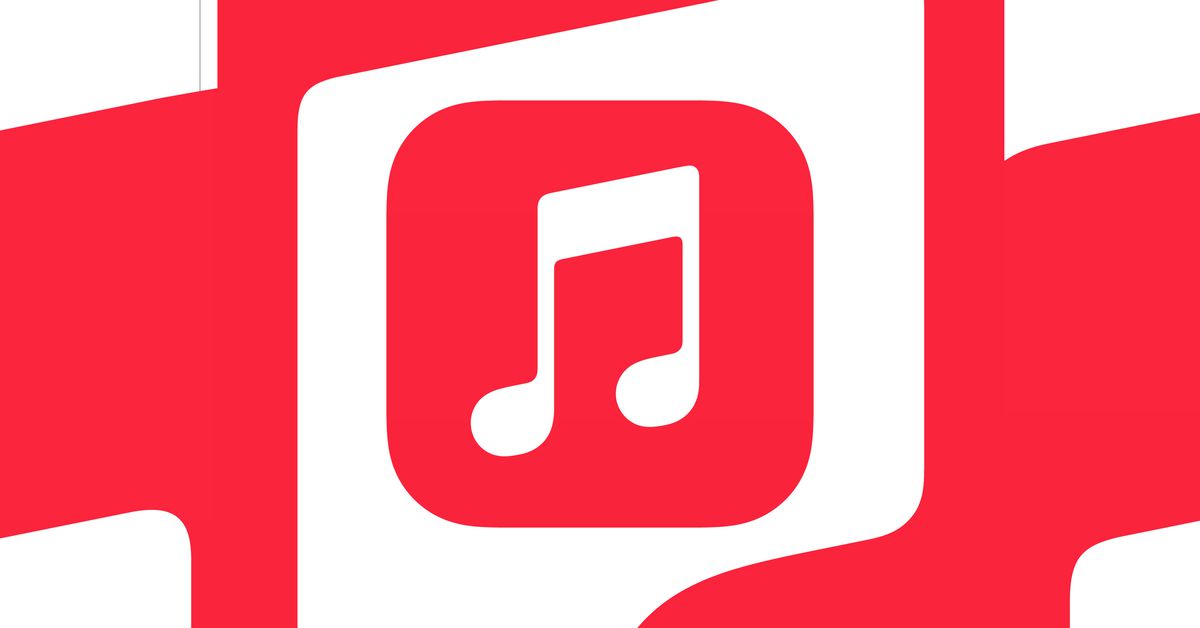Eh, I kinda understand it. If they want to encourage incorporation of the tech they kinda need to offer and incentive. It’s either this or more promotion towards tracks that have it.
But if it truly is superior, won’t I as a consumer favor those recordings with spatial whatever it is by listening to them more, thereby encouraging the producers with more money because of the increased streaming over the others? Surely making such recordings a favored class where payments are concerned is just a form of double dipping?
Well I mean it isn’t like they advertise each album as being Spatial Audio. You likely aren’t gonna go out of your way to find it.
This is the best summary I could come up with:
They say independent artists who can’t afford to record in spatial audio would make less because of how streaming music payouts work.
The company will pay out artists with pro rata shares from a pool of subscription money, calculated using a factor of 1.1, instead of just 1 for non-spatial audio tracks, which will be left to split a smaller remaining portion of the money.
Unnamed music executives told the Financial Times that producing songs in spatial audio adds $1,000 per song to the production, or about $10,000 for an entire album, and updating older music could be even more expensive.
Because of the cost involved, the label heads say the scheme benefits bigger players like Universal Music Group, which has the resources to invest in spatial audio and can take a financial hit if an artist in its roster doesn’t record in spatial audio.
Apple has been investing heavily in spatial audio, and its devices all support the format, which is also available on other music streaming sites like Amazon and Tidal.
Beggars Group houses labels representing such independent artists as multiple Grammy Award hitmaker Adele and Vampire Weekend, while Secretly’s stable of artists includes Bon Iver, Muna, and Phoebe Bridgers, and Partisan Records works with PJ Harvey.
The original article contains 286 words, the summary contains 209 words. Saved 27%. I’m a bot and I’m open source!
A 10% premium doesn’t sound like it would dilute royalties that much.
If half of the plays are getting paid the bonus and half are not, then you’d have 55 credits for the bonus plays and 50 for the non-bonus plays. 50/105 is 47%, so that’s still half the plays getting 47% of the credit. Or basically a 6% reduction in revenue.
If the holdouts on the tech are only 20% of the plays, then we’re looking at 20/88 split in revenue, or where the 20% non-bonus tracks will get a 18.51% of the revenue, or a loss of 7.4% of revenue they would’ve otherwise.
It’s not nothing, but it’s also not a devastating loss of revenue.
Imagine if Spotify actually paid every artist their royalties.


